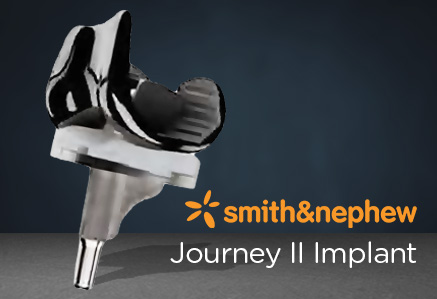Patella Tendonitis
Patellar tendonitis, also called jumper’s knee, is pain in the front of the knee along the band of tissue (the patellar tendon) that connects the kneecap (patella) to the shin bone (tibia).
Cause
The most common activity causing patellar tendonitis is too much jumping. Other repeated activities, such as running, walking, or bicycling may also lead to patellar tendonitis.
All of these activities put repeated stress on the patellar tendon, causing it to become inflamed.
Patellar tendonitis can also happen to people who have problems with the way their hips, legs, knees, or feet are aligned.
This alignment problem can result from having wide hips, being knock-kneed, or having feet with arches that collapse when you walk or run, a condition called overpronation.
Symptoms
- Pain and tenderness around the patellar tendon
- Swelling in your knee joint, or swelling where the patellar tendon attaches to the shin bone
- Pain with jumping, running or walking, especially downhill or downstairs
- Pain with bending or straightening the leg
- Tenderness behind the kneecap
Diagnosis
Physical Examination & Patient History
During your first visit, your doctor will talk to you about your symptoms and medical history. During the physical examination, your doctor will check all the structures of your injury, and compare them to your non-injured anatomy. Most injuries can be diagnosed with a thorough physical examination.
Imaging Tests
Imaging Tests Other tests which may help your doctor confirm your diagnosis include:
X-rays. Although they will not show any injury, x-rays can show whether the injury is associated with a broken bone.
Magnetic resonance imaging (MRI) scan. If your injury requires an MRI, this study is utilized to create a better image of soft tissues injuries. However, an MRI may not be required for your particular injury circumstance and will be ordered based on a thorough examination by your Peninsula Bone & Joint Clinic Orthopedic physician.
Treatment Options
Non-Surgical
In the early stages you should apply ice packs for 20 to 30 minutes every 3 to 4 hours for 2 to 3 days, or until the pain goes away.
Your doctor may prescribe anti-inflammatory medication.
He may also prescribe a band to wear across the patellar tendon, (called an infra-patellar strap) or a special knee brace. The strap or brace will support your patellar tendon, preventing it from becoming overused or painful.
If you have a problem with overpronation of your foot, your doctor may prescribe custom-made arch supports called orthotics.
You will also be given rehabilitation exercises to help you return to your sport or activity.
Also, while you are recovering, you will need to change your sport or activity to one which will not make your condition worse.
Treatment Highlights






